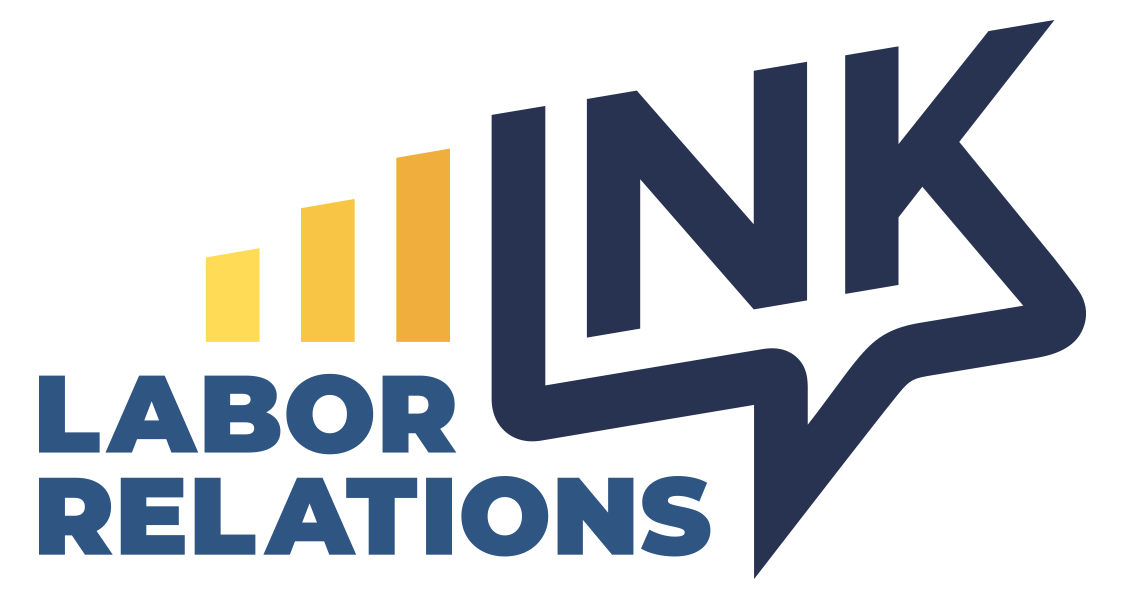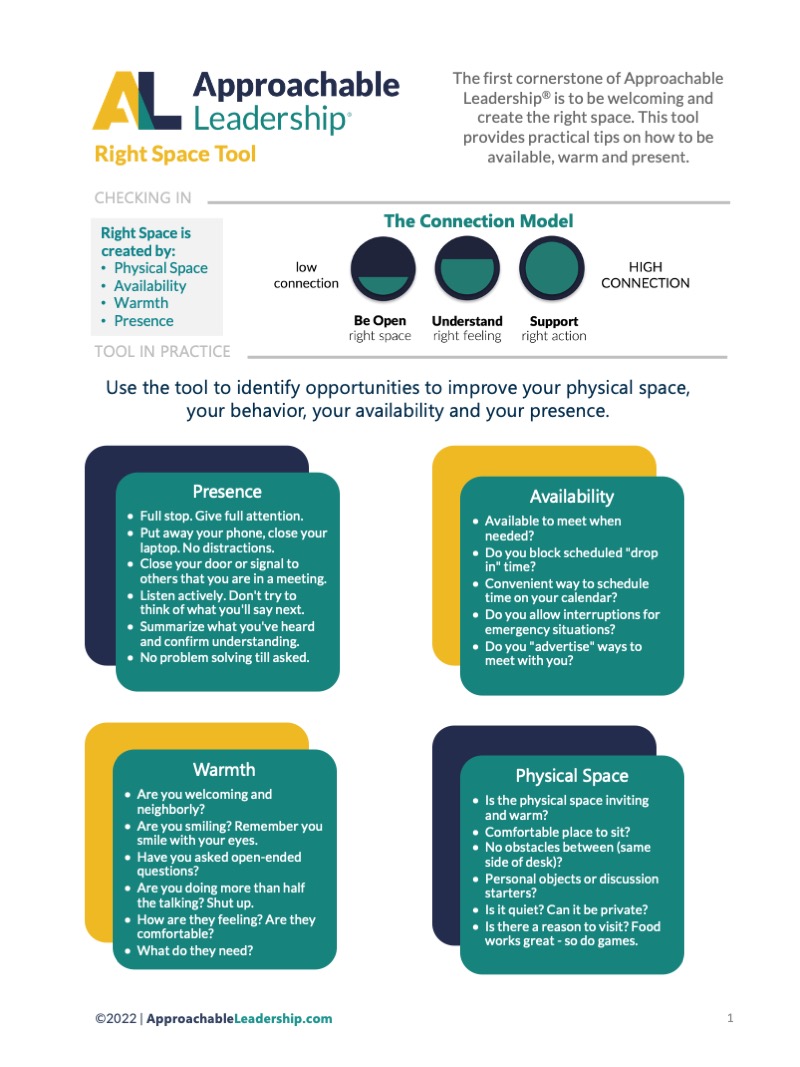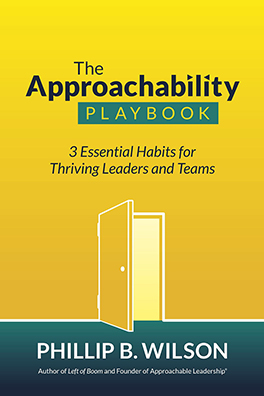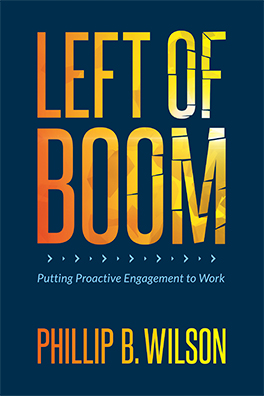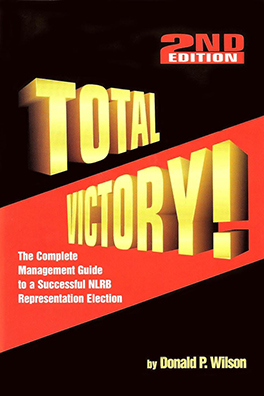Last week’s high-profile events involving gun violence quickly became more than a crime story. In the days that followed, online groups circulated a public spreadsheet calling out individuals who made controversial comments, urging employers to discipline or terminate those employees.
Similar dynamics played out in the Coldplay “kiss-cam” controversy and in the aftermath of mass school shootings, where employees suddenly found themselves at the center of campaigns targeting their personal views. Seyfarth attorneys Dawn Solowey and Sam Schwartz-Fenwick describe these moments as cultural flashpoints — incidents where social, political, and workplace tensions collide in ways that can escalate into litigation and reputational harm
Why it matters: Employers cannot ignore these events. Public blacklists and social media pile-ons are not evidence of misconduct, but they create real risks — from employee safety concerns to hostile work environment claims if inflammatory speech bleeds back into the workplace. The EEOC’s draft harassment guidance, highlighted by Seyfarth, even notes that personal social media activity may contribute to a hostile environment if it impacts workplace culture.
Seyfarth and other workplace law experts recommend a structured approach:
- Do not let outside pressure dictate outcomes. A spreadsheet or viral post is not proof. Anchor decisions in your company’s policies
- Separate conduct from fallout. If an employee violates policy–threats, harassment, misrepresentation of the company–investigate and act accordingly. If not, your role is to shield them from harassment, not punish them for holding unpopular opinions.
- Treat blacklists as harassment. Doxxing and targeted online campaigns are safety issues requiring involvement from legal, security, and, in some cases, law enforcement.
- Control the corporate response. Use consistent, values-based language: “We review all concerns under our policies, but we do not discuss individual employment matters.”
- Prepare before the next incident. Update social media and workplace conduct policies, train managers, and create an “online outrage” response kit. Preparation reduces both litigation exposure and reputational harm.
The bottom line: Cultural flashpoints are now a predictable part of the workplace landscape. Whether tied to politics, entertainment, or tragedy, they put employers in the spotlight. The sequence for response should be clear: protect employees first, enforce policies second, and manage reputation last. As Seyfarth notes, the test is not whether employees express controversial views but whether employers respond consistently, reasonably, and lawfully.
